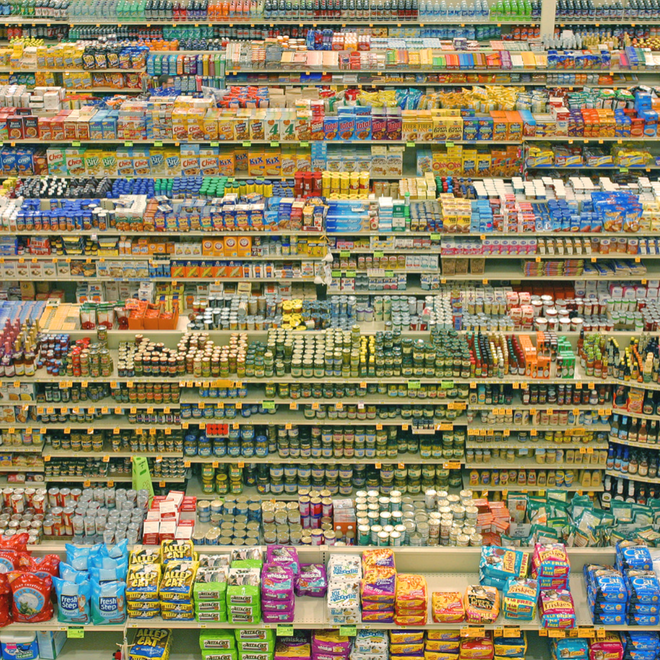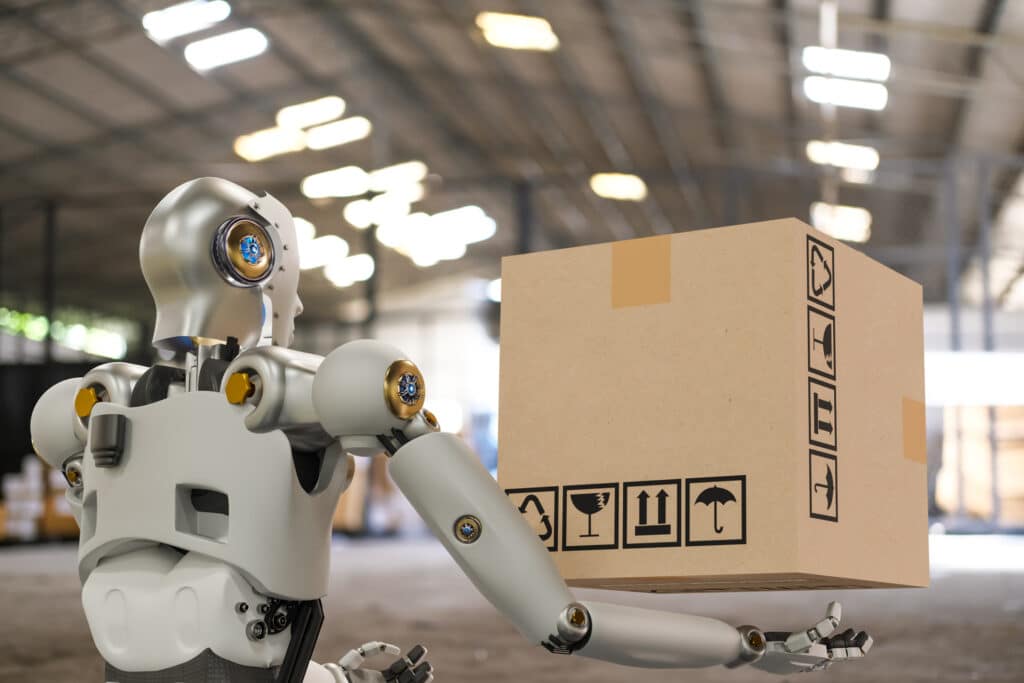Consumers are more concerned than ever over food safety. Mirroring these rising concerns, Food Quality News reports, “the global standards organization is stressing the importance of improved traceability in the food supply chain worldwide, to keep consumers safe and regulators happy.” Knowing this, we can bring into play enhanced warehouse design considerations within food and beverage facilities. The earlier these design adjustments are made, the quicker the positive results. Argon & Co knows how to lead companies through the entire project lifecycle, what works, and more importantly what doesn’t.
How do you begin? We are so glad you asked! We’ve got some practical first steps for you to implement:
Bring in the Quality Team for Warehouse Design from the Start:
Quality is not always the most popular team in the warehouse. They often hold considerable influence for good reason, and add additional “burdens” to the operation (inspections, lot capture, holds, cycle counts etc.) When it comes to projects, often they are brought in late in the game to operations peril. Quality has a job to do, if their requirements are defined up front, those burdens/processes can be baked into the solution. Some basic guidelines:
- The Quality Team must be brought to the table from the start.
- Quality processes and requirements must be defined pre-request for proposal (RFP)
- Requirements for quality need to be incorporated into the overall processes, layout, systems and MHE
Build the Data Foundation for Warehouse Design:
The item master and inventory tables and interface(s) are the foundations for traceability, reporting, and functionality. We don’t want to add fields for the sake of adding them, as the data needs to be maintained to be useful; but as your solution becomes more integrated (ERP⬄MES⬄WCS⬄WMS) adding fields becomes more complicated. There is little mystery around these fields, but “key” ones are often missed, some examples:
- Lot code(s)
- Product status (RM, WIP, FG)
- Hold types (time, production, quality, inbound co-packer, etc.)
- Storage temp (ambient, fridge, freezer)
- FIFO / LIFO / FEFO needs
- Pallet dimensions and weight
- Cases per pallet
- Case dimensions and weight
- Platform type
- Pick and Put windows
How Is It Being Traced? (Lot Codes)
As we mentioned earlier, traceability is a very important factor to think about when making updates or improvements. There are many elements to this process and all must be considered.
- Data must follow processes to capture relationships and enable reporting
- Track lot(s) from inbound raw materials to the shipping destination(s) –this can get messy, how will you do this?
- Reporting, it’s important to capture change history for key data, not just the last update.
- Vendor capabilities count – not everyone can send and receive ASNs – this negatively affects productivity, cost, quality, and traceability across partners.
- System integration to track and capture, reporting to manage
- Lot traceability and recall
- Hold types systems and processes – time, quality team hold, severity of defect: this could cause action if a physical barrier was needed to be placed across pallets
How Is It Being Cleaned?
A clean warehouse is not just a better functioning warehouse, it is also a happier environment. Whether it’s for an inspection, a tour, or for basic housekeeping, consider these:
- Physically cap rack uprights, limiting the collection of dust and in some cases manufacturing byproducts in the upright.
- Caulk floor around racking uprights and guardrail baseplates (they help avoid trapping dust and debris)
- Bury platform and mezzanine column baseplates into the floor, if possible, it’s an expensive option for greenfield sites.
- Guardrails made out of tubular steel are much easier to keep clean than C channel
- Bolted is easier to replace than welded and is less expensive to install.
- Keep cleaning accessibility in mind when placing racking and guardrails. If you can’t get to it – you can’t clean it!
And of Course There’s GMP…
The acronyms GMP and SOP are often followed by a sigh, we say embrace them!!! Detailed cross-functional processes do not only make regulators and customers happy, they can be leveraged as the foundation of a continuous improvement effort by identifying opportunities to advance the operation and feed into the capital expenditure planning. Additionally, they can be used as a starting point for RFPs, drive standardization and increase project effectiveness by minimizing future change requests and painful surprises at go-live due to missed requirements.
There are many more ways to administer improvements within food and beverage warehouses; this list is just the beginning. Whether expanding, optimizing, or looking for opportunities to reduce cost. It’s important to bring in the right partner from the beginning to see you through with experience and creative solutions.
Argon & Co has been helping clients with supply chain, operations design and process improvement for more than 25 years.
Author: Perry Galanopolous
Image Credit: lyzadanger via Wikimedia
As of September 8, 2020, Crimson & Co (formerly The Progress Group/TPG) has rebranded as Argon & Co following the successful merger with Argon Consulting in April 2018.







